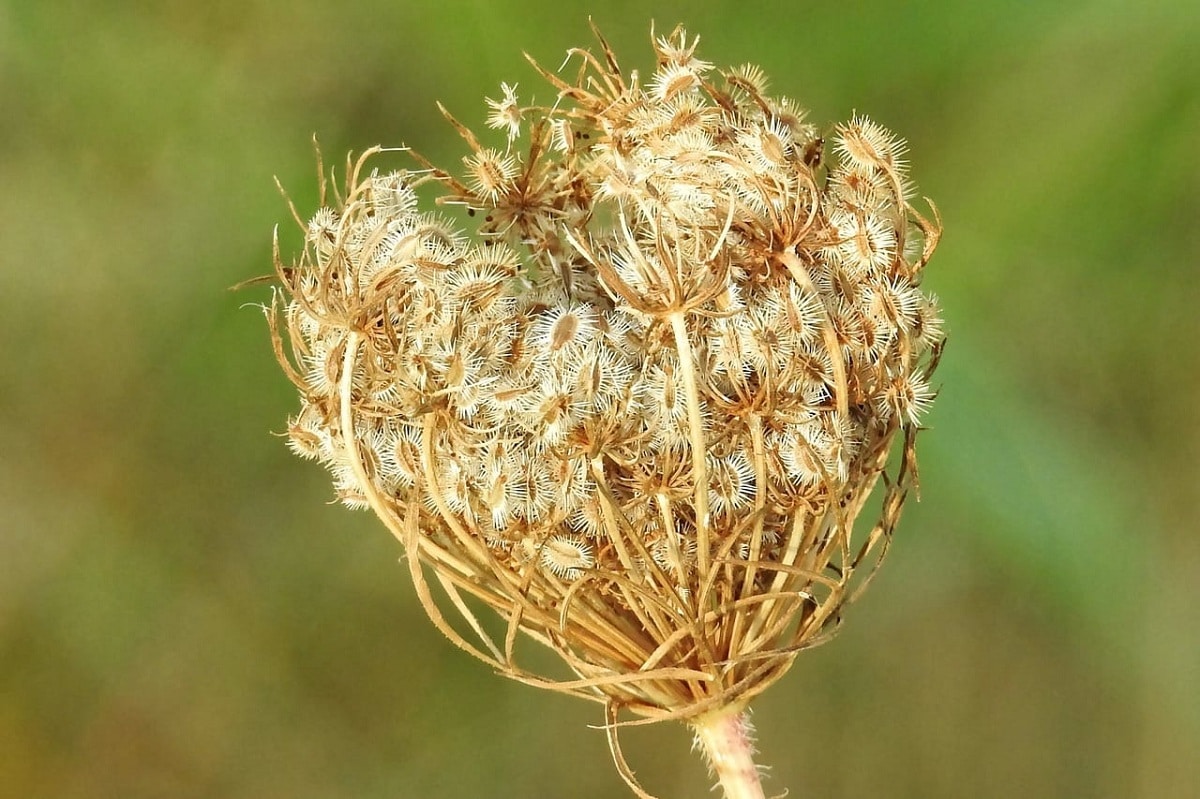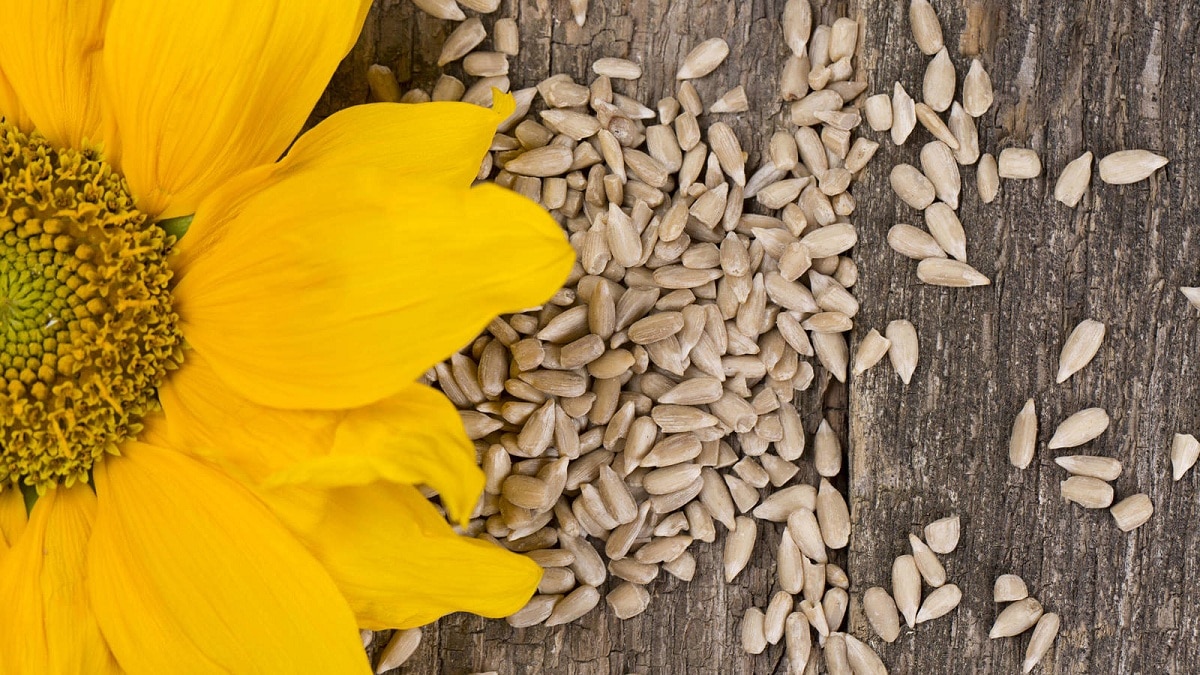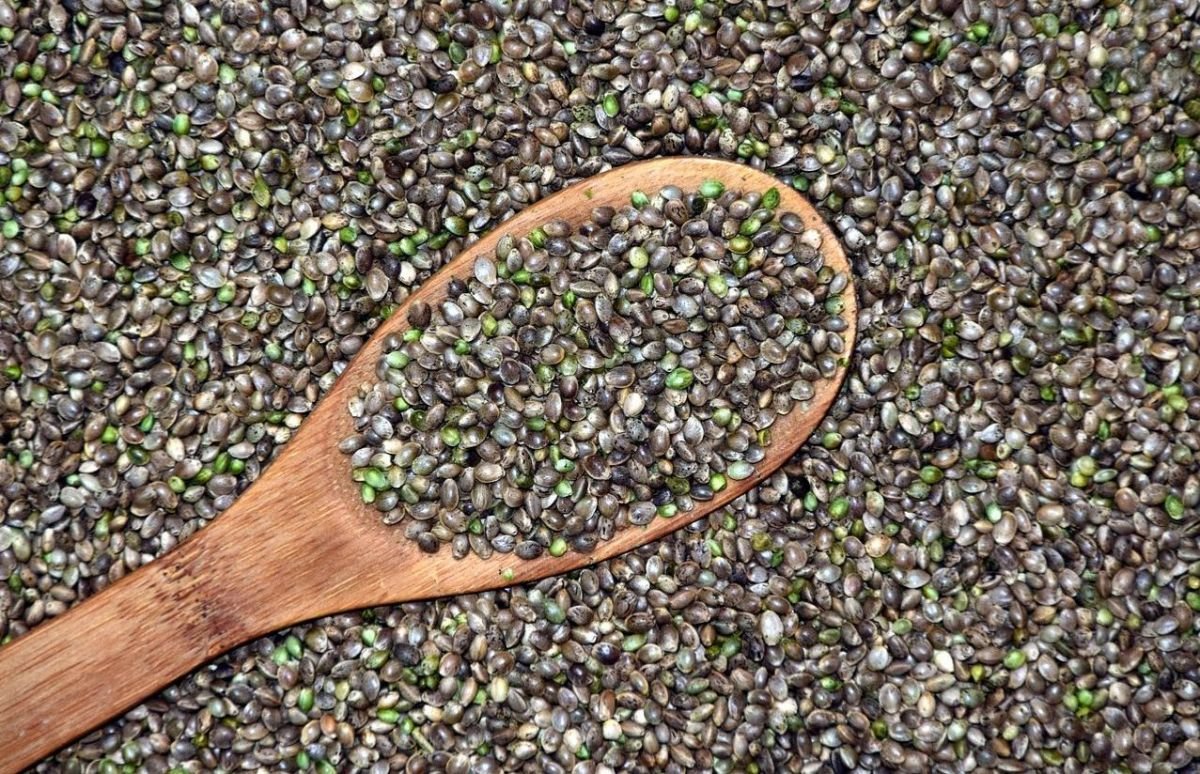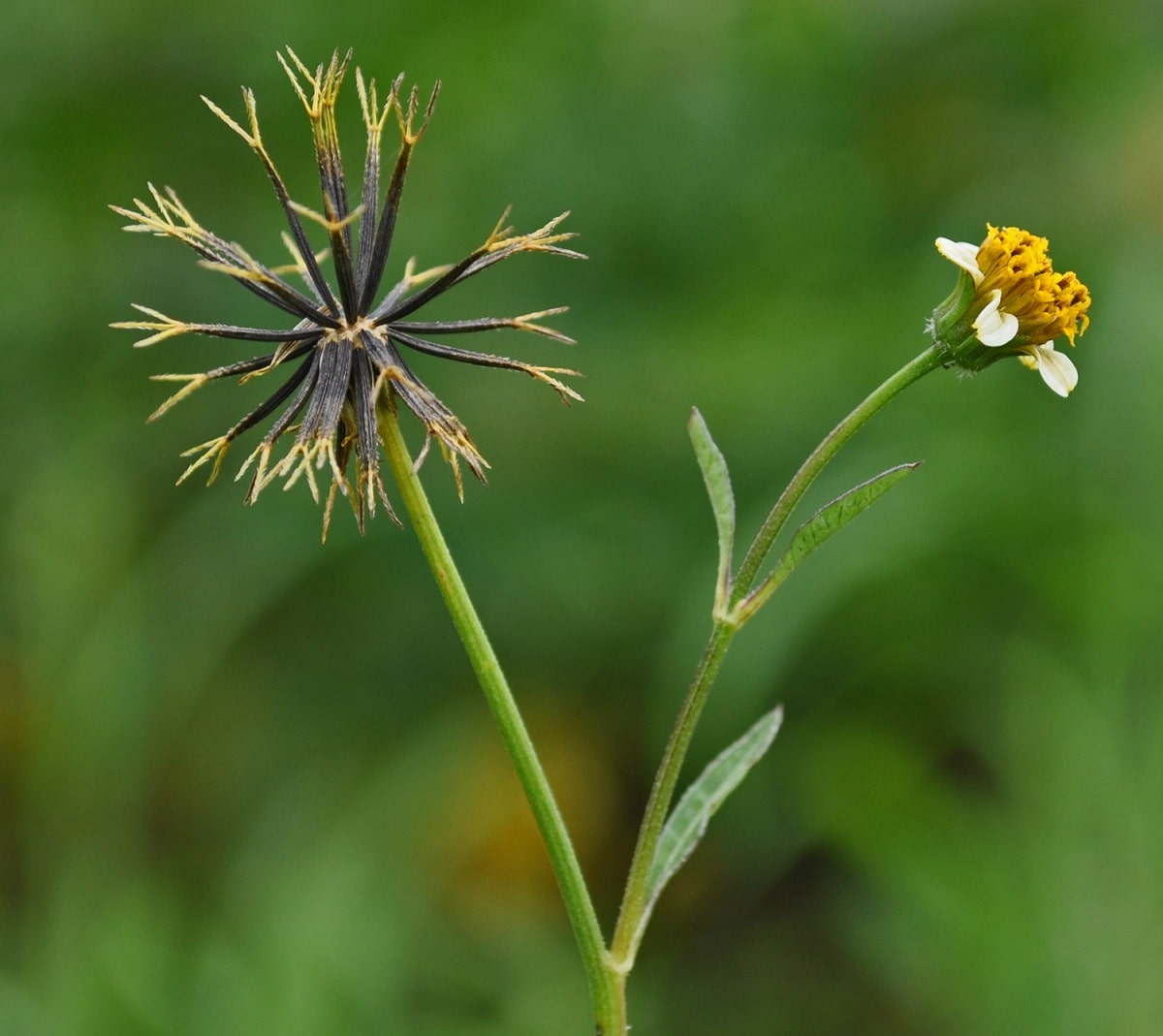
The seeds are the last acquisition of nature (for the moment). The first plants that appeared did not produce them, but multiplied thanks to the spores, which were carried by the wind. But about 380 million ago this began to change. Vegetable beings emerged, called vascular plants, which reproduced in a different way. In a way that would end up being the most common method of the Plant Kingdom. But, What are the advantages of seed plants?
In this article we are going to tell you everything you need to know about the advantages of seed plants and the comparison with other sowing methods.
What is a seed

When we talk about the advantages of plants with seeds, we have to refer to both the evolutionary advantages and the ease of planting for crops, gardening and agriculture. The first of all is to point out that a seed is a fundamental part of the plant. It can have many different sizes, many different shapes, but regardless of its appearance and the plant being that produced it, inside we will find all the genetic information necessary to form a new specimen, even if that seed does not weigh more than a few grams.
But what happens when it separates from the mother plant? Actually, it is not too serious a problem. Unlike spores, the seeds are spread thanks to the help of animals, whether big or small. For example, dogs when passing through a field of grass can end up with more than one seed attached to their fur. These will end up falling in a place far from their parents when the furry shakes or when their human takes them away. The clothes and shoes that we carry also serve as a means of transport for the seeds.
List of plants with seeds
There are two main types of plants that have seeds. Some of them produce bare seeds that are not covered or have grown inside the fruit pods. This type of plant is known as gymnosperms. The second type of seed plants are more evolved and are known by the name of angiosperms. They are those that have seeds with flowers and finally form fruits that contain more seeds inside.
Between the examples of plants with seeds we have this list of some of the best known:
- Manzano
- pear tree
- Lemon Tree
- Peach tree
- Orange
- Almendro
- Olive
- Apricot
- Tomato
- Cerezo
- Hazelnut
- Banana
- Plum
- Coconut tree
- Brown
- The avocado plant
- The mango tree
- Conifers
- The Oak
- Cork oak
They are the most used both for ornamental use in gardens and in crops for production and sale.
Advantages of seed plants in evolution

But apart from having the help - often disinterested - of the animals, seed plants can be dispersed by other means: such as water. For example, the climber Inlet gigas, which lives in the tropical jungles of South America, makes use of the sea to colonize other coasts. It does it so well that it can even reach Europe, of course that when that happens unfortunately it cannot germinate because the European climate is colder than its habitat.
Although if there is something that may attract much more attention, it is the viability of the seeds, that is, the length of time they can remain viable. It is true that there are some species that have to find the right conditions for their germination a few days after falling from their mother plant, but there are others that can do it even years later, such as a Magnolia that Sir David Attenborough discovered and that you can see here.
All these characteristics make from an evolutionary point of view the seeds have great success. And it is that the advantages of plants with seeds can be summarized in the following points:
- Easier to play
- More successful survival of the species
- Greater area of distribution
- Better gene conservation
- Use of the ecosystem and improvement of the habitat. If a plant is not in good condition in a natural habitat, by spreading its seeds either aerially or by using animals to do so, it can find another habitat in which to thrive. In this way, the area of distribution of a particular species can increase dramatically.
Advantages of seed plants in crops

Now we go on to analyze what are the advantages of plants with seeds from the point of view of crops. That is, what advantages can the plants that are sown by seed or those that, on the contrary, are sown with cuttings offer. If you start to grow some specimens with seeds you should bear in mind that later you will have to transplant and prepare before being taken outside. Other plants that are outdoors go directly to the ground. We are going to analyze what are the advantages of the plant with seeds in crops:
- With a seed you have more possibilities to choose between the specific characteristics of the species. Among these characteristics we have the size of the fruit, the appearance, the flowering period and the resistance to diseases.
- Plants that grow from seed they are usually stronger and easily produce a crop of large quantities.
- Its roots are placed at a better depth so it is able to better capture nutrients and grow more.
Just as sowing with seeds can provide certain advantages, it also has some disadvantages. These are as follows:
- If you start with a seed you have to complete the germination process first. All this makes the fruits take longer to arrive.
- The germination rate of all the seeds is not high. Some are sown seeds that will never germinate.
- Older or poorly preserved seeds they grow more slowly.
Advantages and disadvantages of sowing by cuttings
In its counterpart, for the cultivation of both gardening and agriculture cuttings may be convenient. Let's see what are the advantages and disadvantages of sowing by cuttings:
- Advantages: cuttings give a quicker start to crops since they are already small plants. If we compare this growth and development with seeds, it is much more accelerated. This makes for faster harvests.
- You are completely sure of getting a female plant that is important for crop performance.
- Disadvantages: The cuttings are obtained in a more complex way, so if you do not know how to cut from a mother plant, it may be a failure.
- There are fewer types of plants available for cuttings.
- There is also the risk that cuttings can transmit diseases and insects.
As you can see, if we analyze from the evolutionary point of view, the seed has given numerous advantages for the success and conservation of the species. On the other hand, if we analyze from the point of view of the crops, you can rent more to use the cuttings. I hope that with this information you can learn more about the advantages of seed plants.